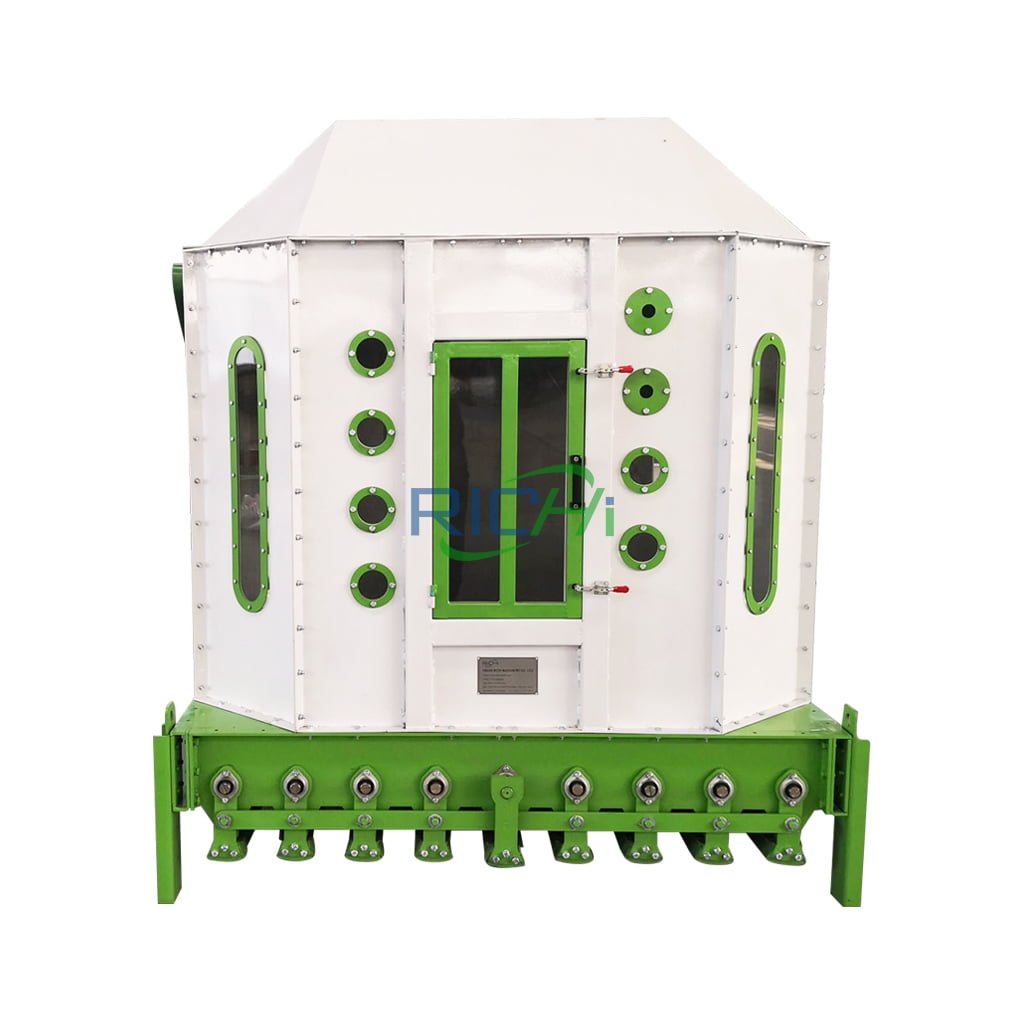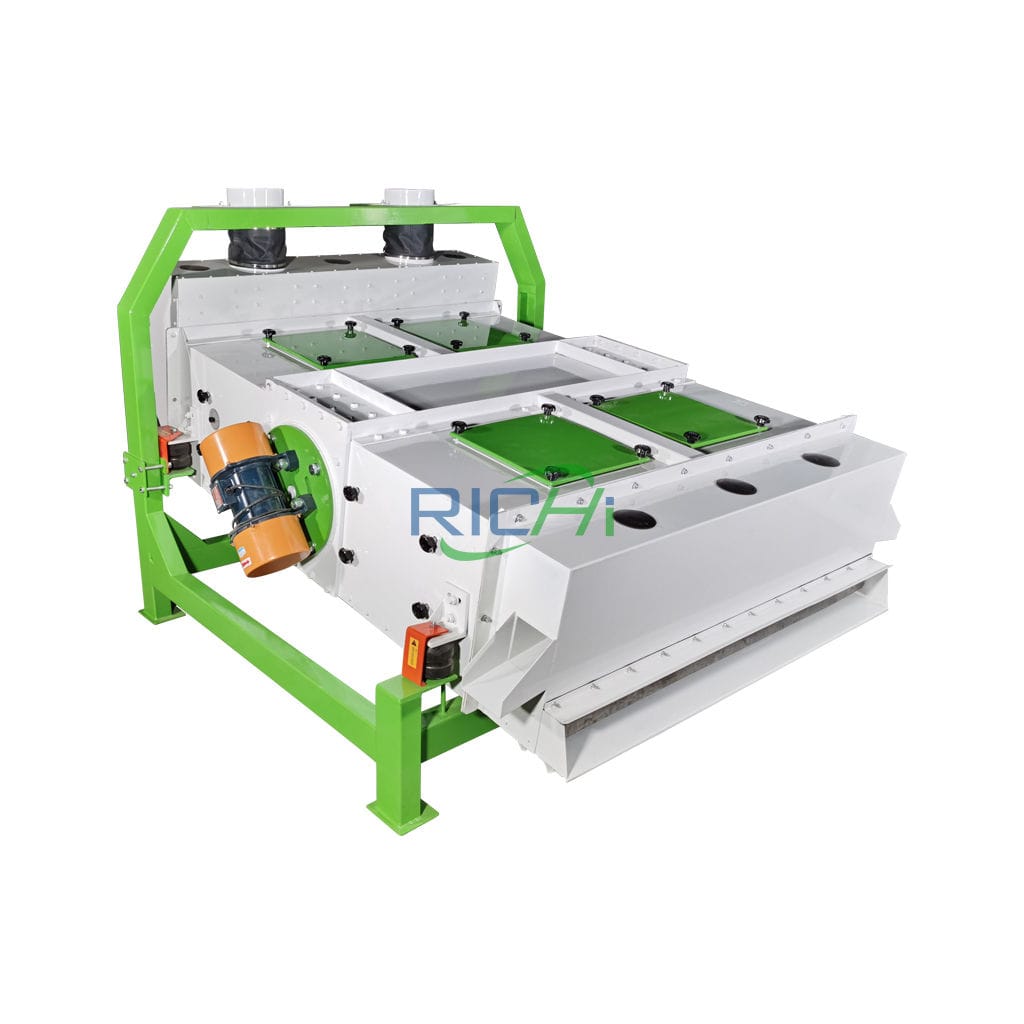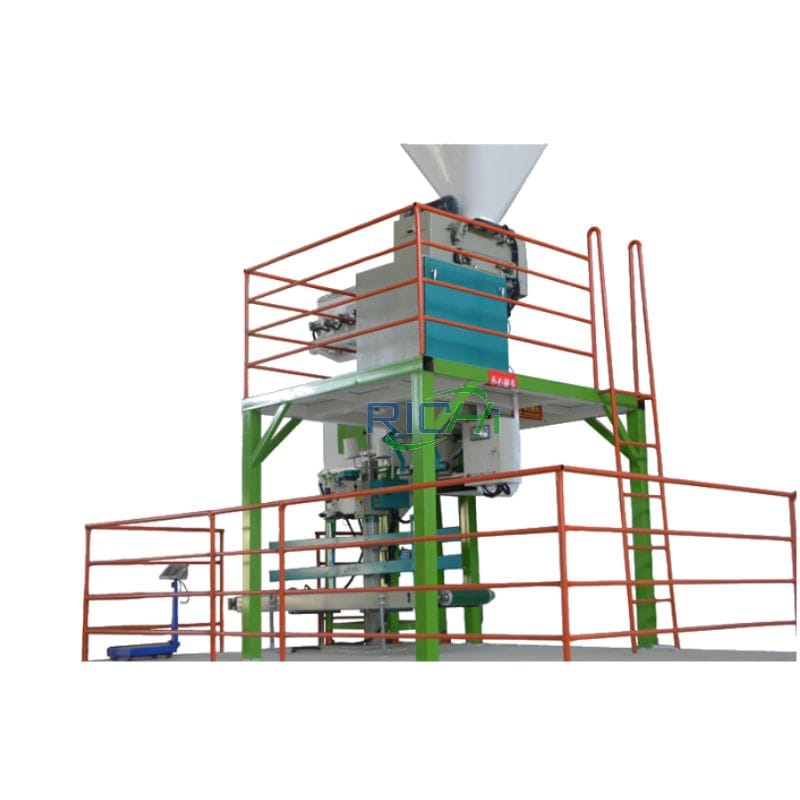
Bio Fertilizer Plant Project Cost
A bio fertilizer plant project cost is generally between 20,000-300,000 USD.
This price is affected by project scale, product type, process design, equipment configuration, equipment brand, degree of automation, fermentation process, etc. This page will introduce you to the project prices for different outputs, processes design, and equipment configurations.

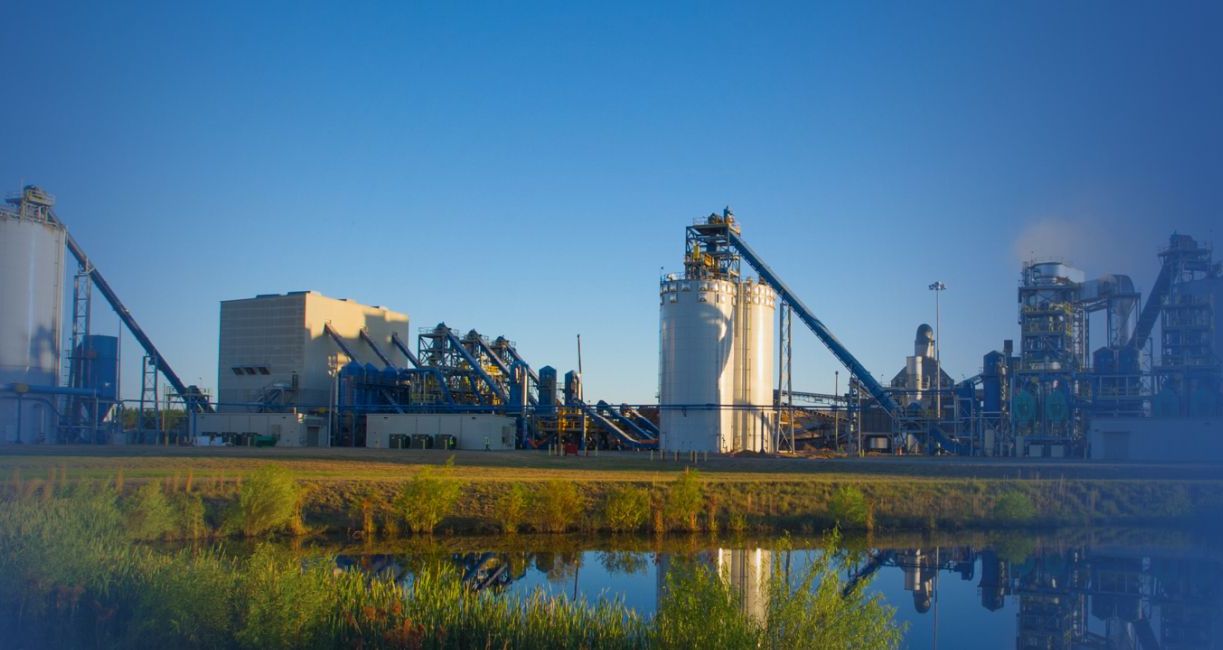
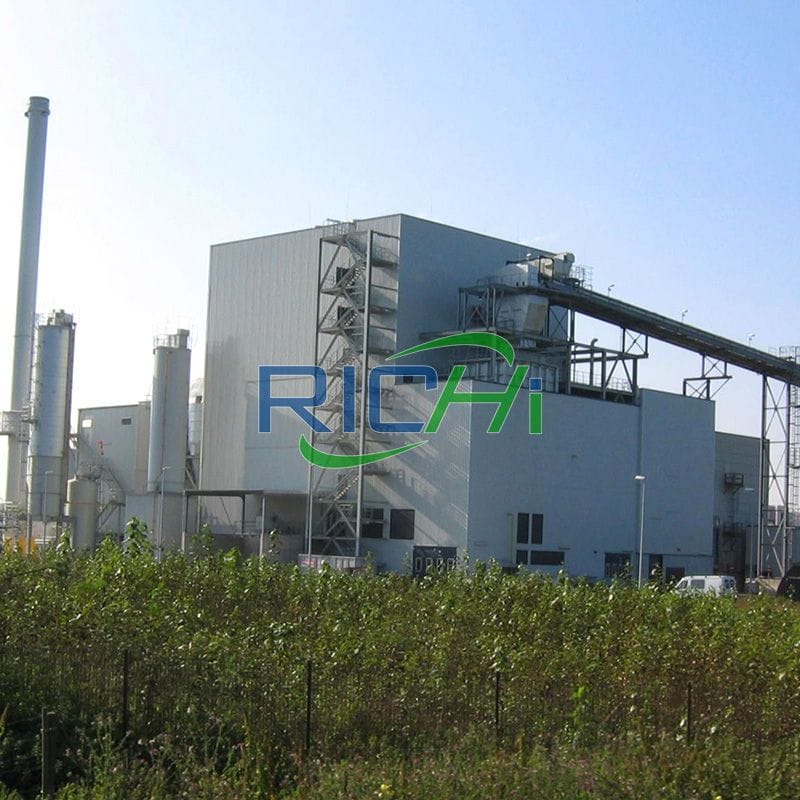
Bio-organic fertilizer has great potential in soil remediation, health maintenance and green agricultural development.
It organically combines soil remediation with fertilization, nitrogen fixation, waste, etc. It has huge ecological and environmental benefits and broad application prospects. Correspondingly, the prospects for developing bio-organic fertilizer projects are also very good, and the profit potential is huge.
At RICHI Machinery, we stand proudly as leading manufacturers of bio fertilizer technology solutions. With a global presence and a wealth of experience spanning many years, we specialize in crafting world-class fertilizer production systems that range from bespoke special purpose machinery to complete organic fertilizer production lines.
Our commitment to excellence is underscored by our extensive in-house technical capabilities, allowing us to provide tailored bio fertilizer plant project solutions across a multitude of biofertilizer types.
- Capacity: 1-60T/H
- Applicable customers: Various organic fertilizer production plants, chemical fertilizer plants, breeding farms, etc.
- Business scope: New construction and reconstruction of biofertilizer projects
Composition of bio fertilizer plant project cost
The cost of building a biofertilizer project consists of investments in many aspects, including the following main aspects:
- Civil engineering cost:
This is one of the most important parts of the total bio fertilizer plant cost. The civil engineering costs cover land development, factory structure, functions of each area of the factory, decoration, water supply and drainage, power supply system, gas supply system, etc. - Equipment and machinery costs:
This includes the purchase or rental of a complete set of organic fertilizer equipment, environmental protection equipment and tools required. For example, equipment used in production lines, office equipment, drainage equipment, generators, boilers, laboratory equipment, etc. - Material cost:
Material cost refers to the purchase cost of providing the required materials for the project. This may include raw materials used in organic fertilizer production lines, factory materials (such as cement, steel bars, bricks, etc.), equipment accessories, office supplies, etc. - Labor costs:
Labor costs refer to the expenditures required to provide human resources for the bio fertilizer plant project. This includes wages, social benefits, training fees, etc. for production line workers and construction workers. - Technical service fees:
Technical service fees are the fees for providing consulting, design, supervision, testing, survey and other technical support for the fertilizer plant project. - Management expenses:
Management expenses refer to the expenses required for project management, coordination and supervision, including the salary of project management personnel, office equipment and expenses, etc. - Other expenses:
In addition to the above expenses, there may be other necessary expenses, such as land purchase fees, approval fees, insurance premiums, etc.
The composition of bio fertilizer plant project cost varies depending on the specific project. Different project types, scales and regional characteristics will affect the proportion and composition of various costs.
To accurately estimate the total bio fertilizer plant project cost, a detailed bill of quantities, cost estimate and market research analysis are required to ensure that the bio fertilizer plant project has sufficient financial support and feasibility.
Different projects, different bio fertilizer plant project costs
Different projects must correspond to different biofertilizer project costs. Some customers need complex organic fertilizer production processes, so they need to configure more equipment; some customers only need a simple organic fertilizer granulation system, so they only need to configure a organic fertilizer granulator and some conveying equipment and feeding equipment.
Even for bio fertilizer plant projects with the same output, if the process design and equipment configuration are different, the project price will vary greatly.
Here is a reference for some organic fertilizer production project costs:
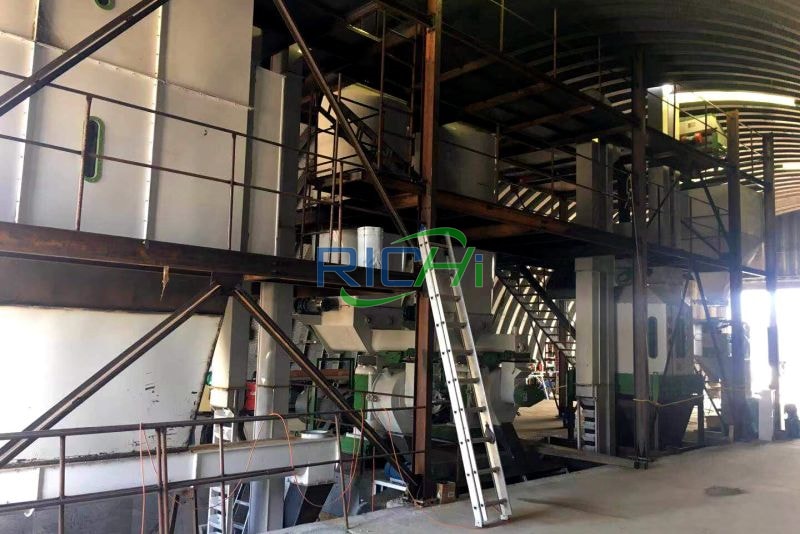
bio fertilizer plant project In Mexico
- Country: Mexico
- Production: 10,000 T/A
- Ingredients: livestock manure
- bio fertilizer plant project cost: US$110,000
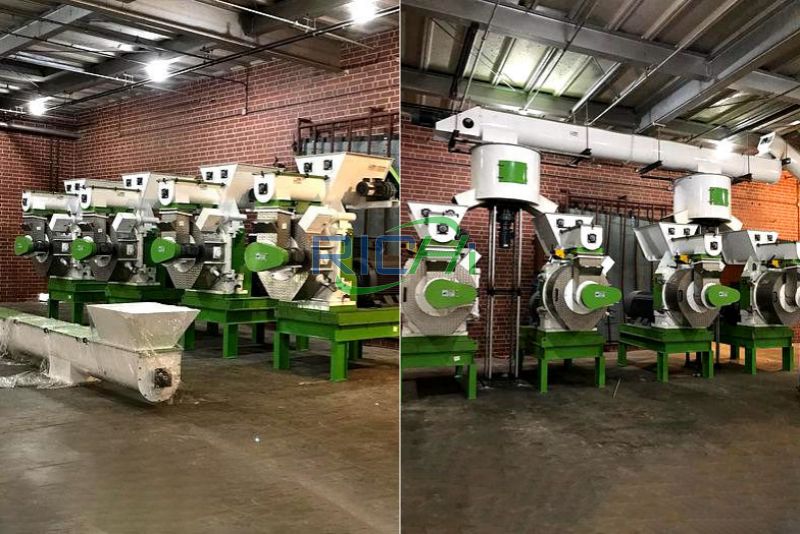
bio fertilizer plant project In United States
- Country: United States
- Production: 50,000 T/A
- Ingredients: poultry litter
- bio fertilizer plant project cost: US$430,000
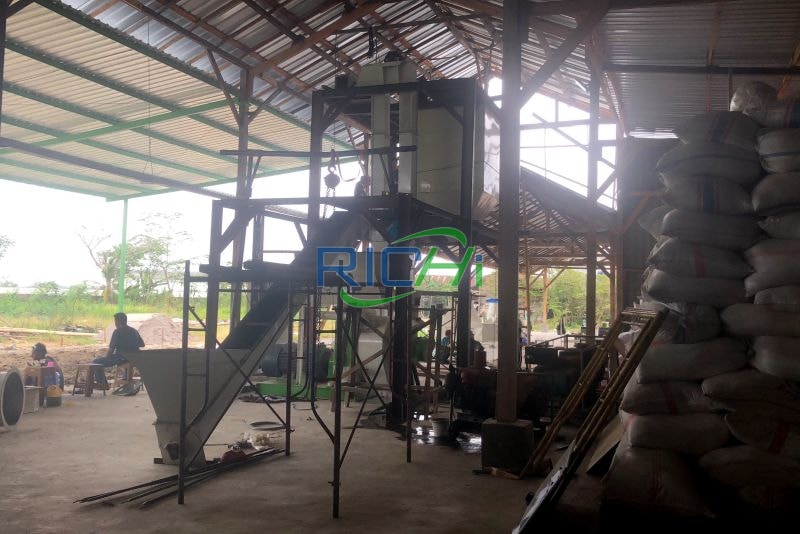
bio fertilizer plant project In Vietnam
- Country: Vietnam
- Production: 2500 t/a
- Ingredients: industrial waste
- bio fertilizer plant project price: 80,000 USD
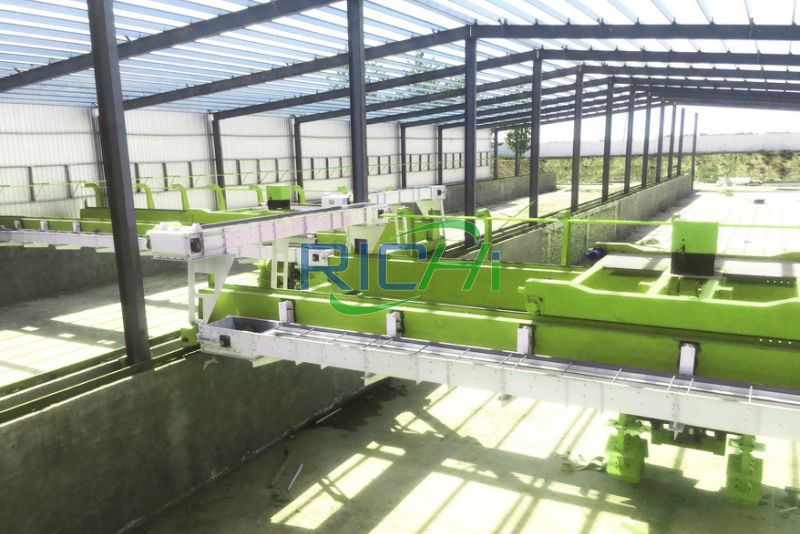
bio fertilizer plant project In Russia
- Country: Russia
- Production: 35,000 T/A
- Ingredients: food waste
- bio fertilizer plant project price: 410,000USD
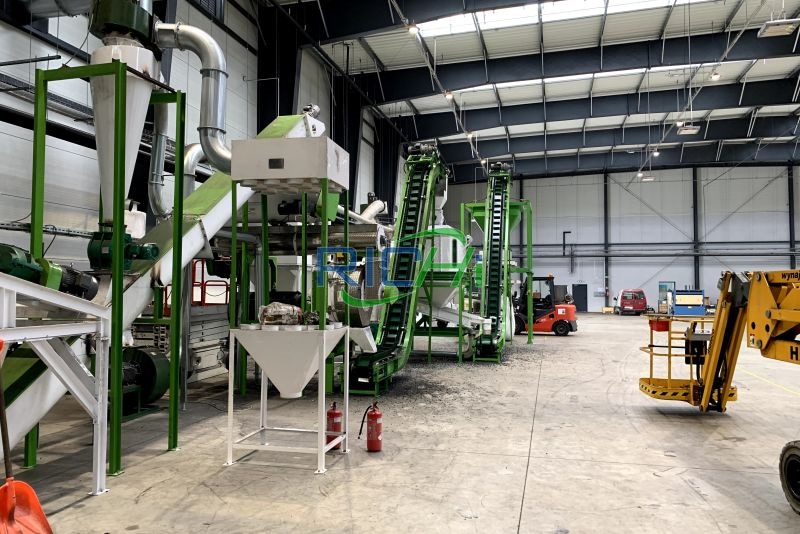
bio fertilizer plant project In Portugal
- Country: Portugal
- Production: 55,000 T/A
- Ingredients: chicken manure
- bio fertilizer plant project cost: 570,000 USD
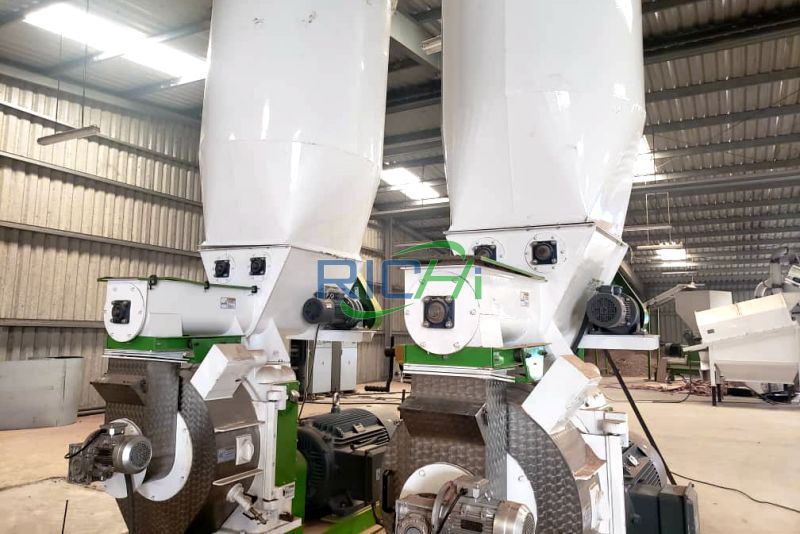
bio fertilizer plant project In Cameroon
- Country: Cameroon
- Production: 10,000 T/A
- Ingredients: animal manure, straw
- bio fertilizer plant project cost: 190,000 USD
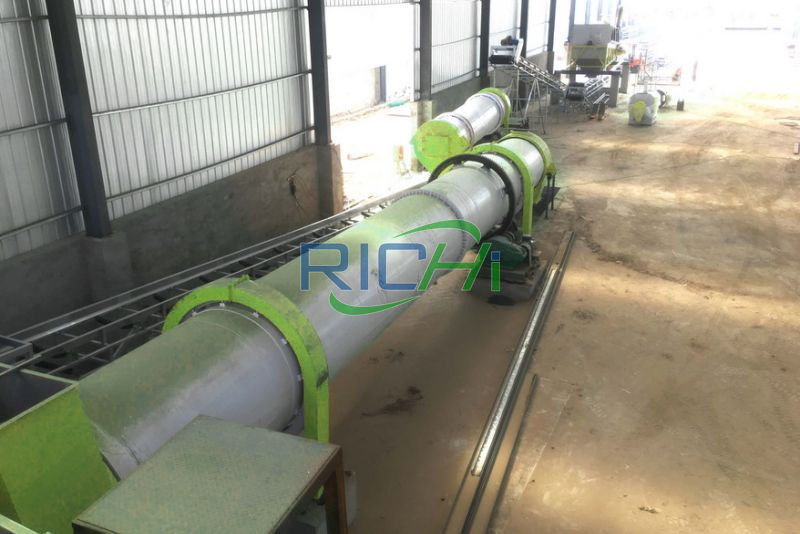
bio fertilizer plant project In canada
- Country: canada
- Production: 6,000 T/A
- Ingredients: livestock manure
- bio fertilizer plant project cost: $160,000
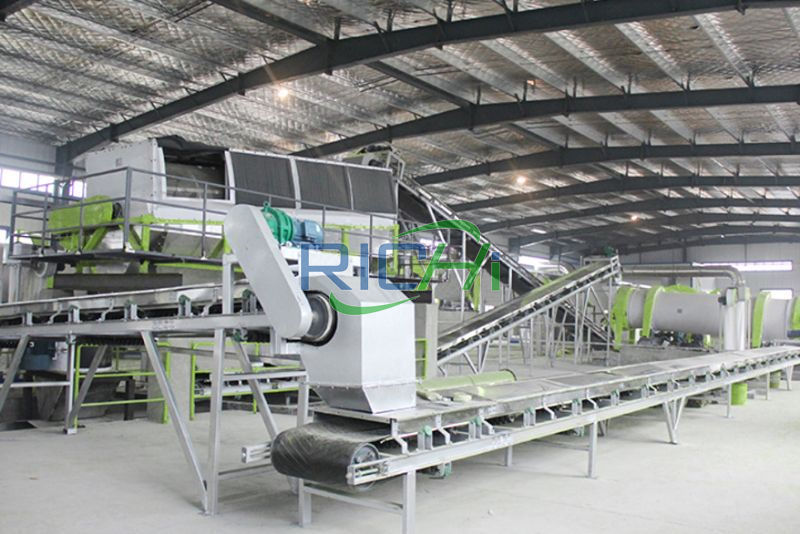
bio fertilizer plant project In Pakistan
- Country: Pakistan
- Production: 30,000 T/A
- Ingredients: cow manure, Bagasse
- bio fertilizer plant project cost: $385,000 USD
different bio fertilizer plant project costs for Different designs and equipment configurations
Process design and equipment configuration are the most important factors affecting the biofertilizer project costs. We’ve designed and built biofertilizer plant projects for organic fertilizer processing plants in different countries, which have different outputs, different raw materials, different product types, and different process requirements.
Below RICHI will list some special projects for you, so that you can have some understanding of different bio fertilizer plant project costs.
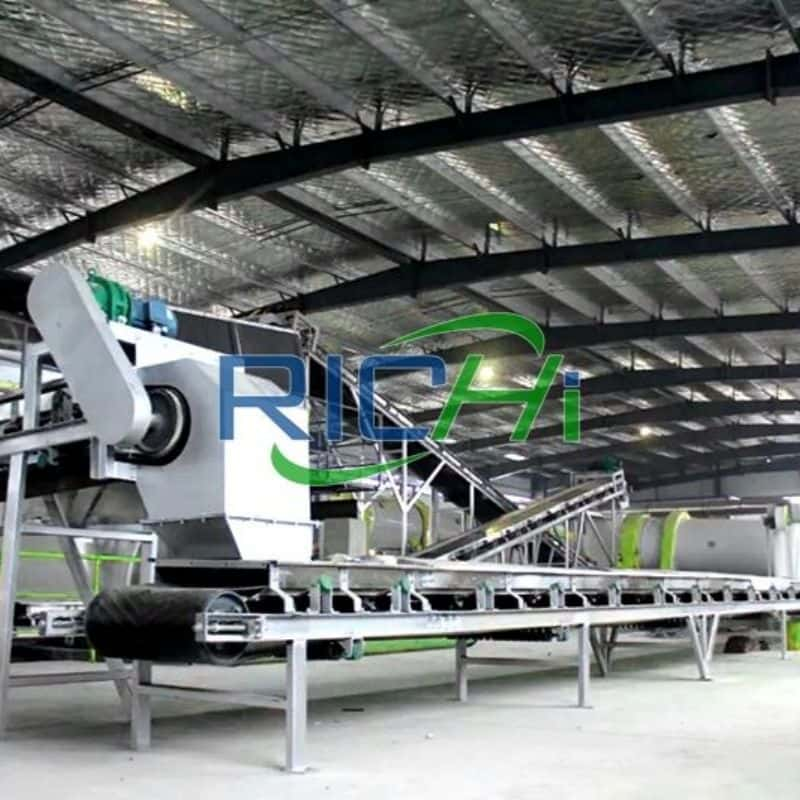
4T/H biofertilizer project proposal
—— RICHI MACHINERY ——
- Annual output: 10,000 t/a
- Bio fertilizer plant project cost: Total investment 2 million yuan
- Project area: 23333.3
- Construction content: fermentation workshop, north workshop (used for mixing, granulating, metering and packaging), west workshop (used for drying, mixing, granulating, etc.), raw material warehouse, finished product warehouse, office, power distribution room, maintenance workshop
- Number of employees & work system: There are 8 employees in total, the annual production days are 300 days, and an 8-hour work system is implemented.
- Raw materials: sugar residue*0.75 million tons, edible fungus residue*0.3 million tons, plant ash*0.25 million tons
- Energy consumption: electricity consumption*30,000kWh, natural gas*253,000m3
- Main equipment: granulator, low-nitrogen burner, mixer, pulse bag dust collector, screening machine, high-efficiency cyclone separator, vibrating screening machine, induced draft fan, gas drying oven, cooler, automatic metering and packaging machine, sewing machine , steam generator, air compressor, crusher, sealing machine, etc.
4T/H biofertilizer project proposal Process flow introduction:
- Mixing: Use a mixer to mix sugar residue and edible fungus residue in the fermentation workshop.
- Fermentation: The fermentation workshop is an independent workshop with a concrete anti-seepage structure on the ground. The fermentation is at room temperature. During the fermentation, open fermentation is used and the mixer is turned over once a day. This project adopts the form of secondary fermentation, the first fermentation time is 20-30 days, and the second fermentation time is 10 days.
- Stirring: Transport the fermented materials to the north workshop, and use a mixer and plant ash to stir and mix.
- Screening: The stirred materials are transported by the conveyor belt to the vibrating screen for screening, the large particles are returned for fermentation, and the particles that meet the requirements are sent by the conveyor belt to the granulator for granulation.
- Granulation: Use an organic fertilizer pellet mill for granulation.
- Drying: The conveyor belt is used to transport the materials to the dryer. The drying heat source comes from the drying furnace, using natural gas as fuel. The hot air is in direct contact with the organic fertilizer. The biofertilizer is dried under the action of this heat.
- Screening: Use a flat sieve to screen the above products. Small particles are returned to the granulator for re-granulation. The particles that meet the requirements (particle size 3-5mm) are inspected.
- Inspection, measurement, packaging and storage: The biofertilizer is inspected for organic matter, and if it passes the test, it is measured using an automatic measuring machine, packaged and stored, and the unqualified products are returned for fermentation.
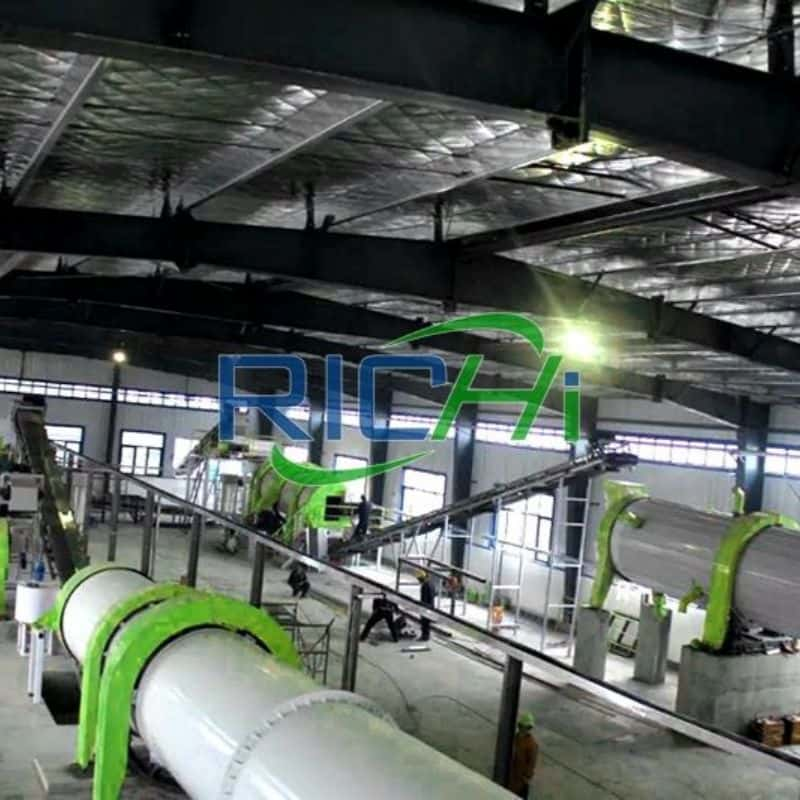
8T/H biofertilizer project proposal
—— RICHI MACHINERY ——
- Annual output: 20,000 tons per year
- Bio fertilizer plant project cost: 2 million
- Project area: 1700m2
- Construction content: production workshop, guard room, sludge storage pool, straw storage area, warehouse, comprehensive office building
- Number of employees & work system: 30 employees, 300 days of work per year, 2400 hours of work per year, and a single-shift working system.
- Raw materials: sludge*20000t/a, straw*5005t/a, high-efficiency fermentation agent*300t/a, activator*5000t/a, plant deodorant liquid*2t/a
- Main equipment: fermentation tanks, crushers, mixers, hot air stoves, granulators, dryers, coolers, automatic packaging machines, etc.
8T/H biofertilizer project Process Description:
- Crushing: The purchased straw is crushed through a crusher. The crusher adopts a semi-closed crusher. The discharge port is equipped with a transparent plastic curtain to prevent the escape of dust. The crusher comes with a bag dust collector. After the dust collector Discharge in the workshop after treatment.
- Discharging and mixing: The sludge and straw enter the fermentation area, are put into the mixer through a forklift, put in according to the proportion, and are mixed through a semi-closed mixer.
- Anaerobic fermentation and aging: The mixed materials are put into the fermentation tank from the mixer through the spiral closed conveyor belt, and put into the fermentation tank through the forklift. Compost clinker and straw are used as conditioning agents to change the air permeability, and The activator is added to make the anaerobic bacteria more active, so that the fermentation is in an optimal state of decomposition. The fermentation time is 8 days, and biological heat is generated through the action of internal microorganisms.
- Screening: The dried materials are screened by a screening machine with a screen size of 4.5mm.
- Air cooling: The screened semi-finished products enter the semi-finished product silo for temporary storage. Since the material contains a certain amount of moisture, through the air collection function of the factory, the moisture in the material is evaporated and the heat is taken away to achieve air drying and cooling. Purpose.
- Granulation: The air-cooled fertilizer is compressed, extruded and cut through an organic fertilizer pellet machine.
- Cooling & Packing: Cool down the pellets, use a packaging scale to pack.
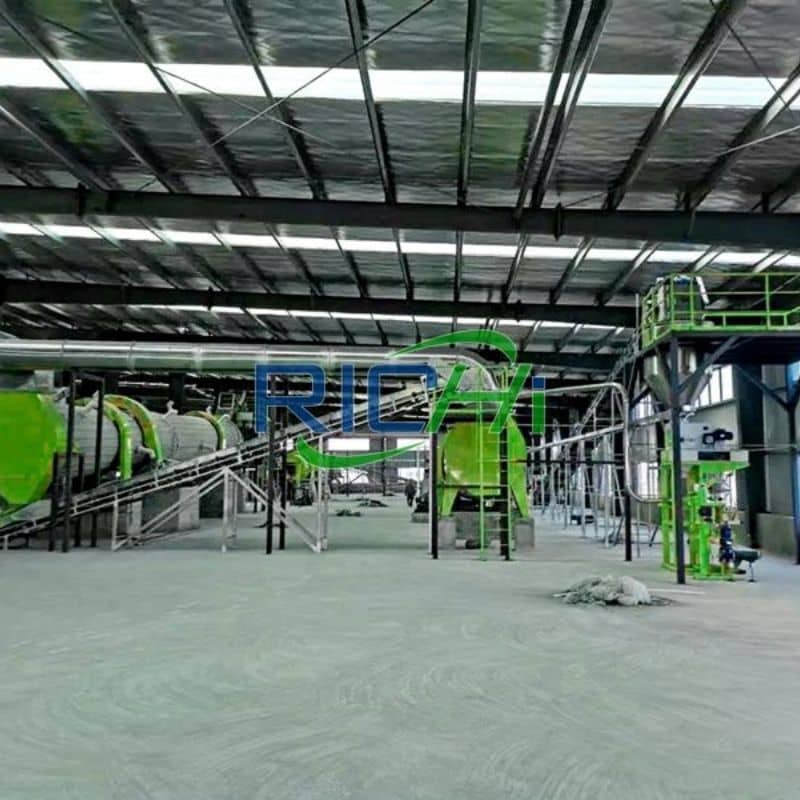
12-13 t/h bio fertilizer plant project
—— RICHI MACHINERY ——
- Annual output: 30,000 tons per year
- Bio fertilizer plant project cost: 10 million
- Project area: 3333.35m2
- Construction content: production workshop, fermentation workshop, aging room, office space, laboratory, etc.
- Number of employees & work system: 10 employees, 300 working days per year, one shift, 8 hours a day; fermentation runs continuously throughout the year, 8640 hours a year.
- Raw materials: wheat straw, corn straw*21,200 t/a, livestock and poultry manure*0.6 million t/a, biological inoculant*2.0t, deodorant*270t
- Energy consumption: electricity consumption*150,000KWh/a, water consumption*7782m3/a
- Main equipment: straw crusher, turning machine, fermentation tank, feeder, crusher, drum screening machine, conveyor, packaging machine, deodorization system, cyclone dust collector, pulse bag dust collector
12-13 t/h bio fertilizer plant project Production Process:
- Raw material preparation: After the raw materials entering the factory pass the laboratory test, the livestock and poultry manure is directly sent to the fermentation tank. This fertilizer plant project uses livestock and poultry manure with a moisture content of about 50%, and does not require dehydration and other treatments after entering the factory. Straw is stacked in the raw material area of the fermentation workshop. All project materials are stored in the workshop and are not stacked in the open.
- Straw crushing: The straw purchased from the local area is crushed using a crusher as needed, and the length is preferably 1-3cm.
- Mixing and batching section: Put livestock and poultry manure, crushed straw, etc. into the fermentation tank in a certain proportion, add water to adjust the moisture, use an automatic fermentation and throwing machine to spray the microbial agent for fermentation, and turn and mix evenly.
- Compost fermentation section: This organic fertilizer plant project adopts tank fermentation technology. The materials are fermented aerobically in the fermentation tank in the fermentation workshop.
- Aging: The fermented mixture is moved out of the fermentation tank pile to the aging room for aging. As the compost temperature drops, the mesophilic microbial flora becomes active again, and the compost enters secondary fermentation.
- Crushing: The fermented and aged materials enter the organic fertilizer production workshop through belt conveyors. The fermented and decomposed organic fertilizer has a moisture content of about 30% and is in the form of large fibers and agglomerates. A crusher is used to crush the materials into suitable particle size.
- Screening: The crushed materials are sent to the screening machine using a belt conveyor for screening. The screening machine is used to screen out the materials that are not fully decomposed and not crushed. The unqualified materials are returned to the crushing or re-fermentation process.
- Packaging: It enters the automatic packaging machine for packaging through the belt conveyor, and is packaged into products and enters the finished product warehouse.
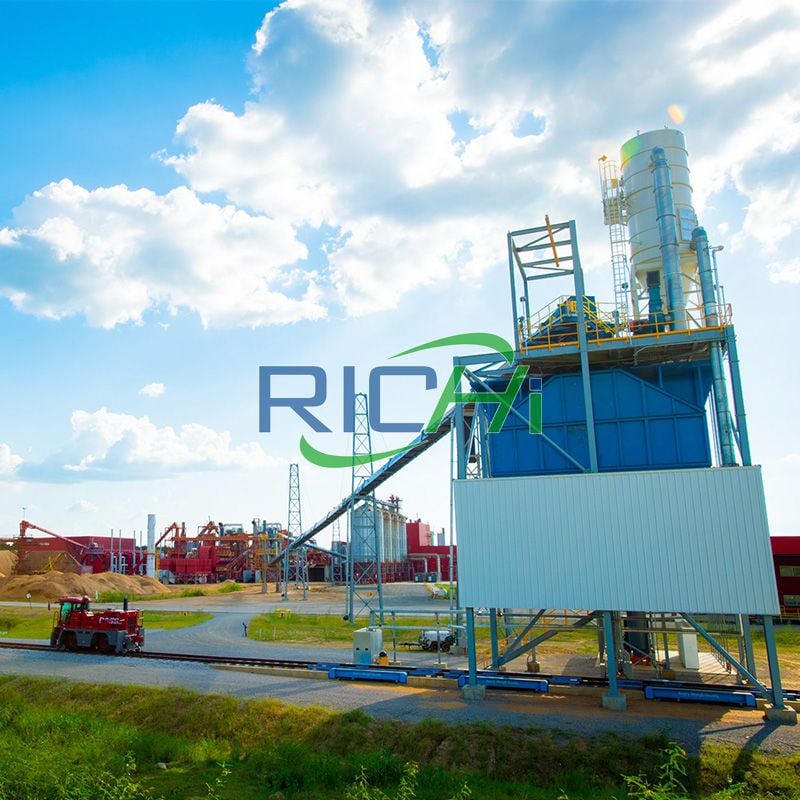
4* 10 t/h biofertilizer plant project
—— RICHI MACHINERY ——
- Annual output: 100,000 tons of organic fertilizer per year
- Bio fertilizer plant project cost: 5 million yuan
- Project area: 3997.82m2
- Construction content: including production workshop, raw material warehouse, finished product warehouse, offices, dormitories and supporting facilities
- Number of employees & work system: The labor capacity is 25 people, one shift is implemented, each shift is 8 hours, and the annual work is 300 days.
- Raw material consumption: animal manure decomposed materials * 20601.176t (moisture content ≤ 35%; organic matter ≥ 34%, fineness ≥ 50 mesh), biogas slurry * 34451.16t, biogas residue * 12550t, natural humic acid * 30000t, plant fulvic acid Acid*500t, biological bacteria*200t, urea*500t, etc.
- Main equipment: organic fertilizer granulator, packaging machine, mixing bin, conveyor, feeding platform, electronic control system, dust removal equipment, air pump, pulverizer, closed screw feeder, automatic bag sewing machine, liquid storage tank, vacuum pump, etc.
4* 10 t/h biofertilizer plant project Process Description:
- Storage of raw materials: The supplier is responsible for the transportation of raw and auxiliary materials when raw materials enter the factory. It does not involve vehicle transportation, vehicle cleaning, etc. in the factory. After arriving at the factory, they are manually transported and temporarily stored in the raw material warehouse. The raw material transfer process includes the placement of raw and auxiliary materials in the raw material warehouse in zones, and manual transportation to the production line for feeding.
- Crushing: After the raw materials enter the factory, they are carried by workers to the platform scale, measured by the platform scale, and manually opened. The urea packaging bag is added to the crusher for crushing (other materials do not need to be crushed and are directly added to the mixer).
- Stirring: The crushed materials are transported to the mixing chamber by a closed screw feeder. Natural humic acid, plant fulvic acid, chelated zinc, boric acid, finished biological bacteria, monoammonium phosphate, potassium sulfate, etc. are manually mixed in a certain proportion. Add to the mixing chamber and mix thoroughly in the mixing chamber.
- Granulation, bagging and packaging: The mixed finished product is transferred to the packaging machine via a closed conveyor belt for bagging, and then threaded and sealed.
- Warehousing: Use the belt conveyor to transport the finished products to the warehouse for sale.
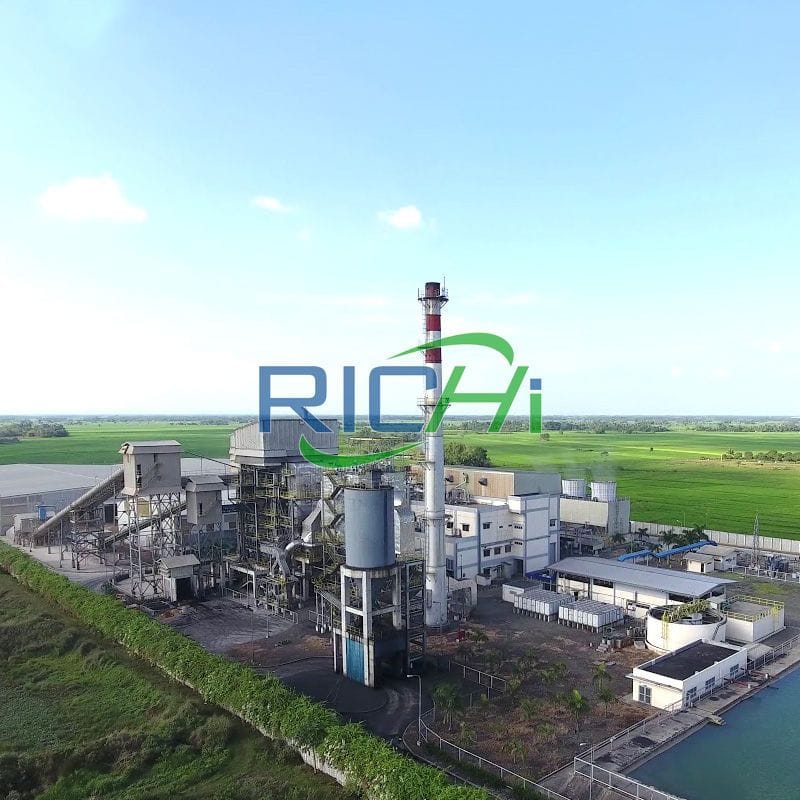
6* 20 t/h biofertilizer plant project
—— RICHI MACHINERY ——
- Annual output: 300,000 tons per year
- Bio fertilizer plant project cost: 70 million yuan
- Project area: 18178.31m2
- Construction content: production workshop, warehouse, office building, tool room
- Number of employees & work system: This project has a labor quota of 30 people, one shift, eight hours per shift, 270 days per year
- Raw material consumption: solid fertilizer (fermented cow dung, straw)*135,000 t/a, humic acid*98,000 t/a, bentonite*14,000 t/a, biomass ash*35,000 t/a, Liquid fertilizer (feces and sewage)*09,300t/a, biological bacteria*1t/a, etc.
- Energy consumption: water consumption*68925.6m3/a, electricity consumption*200,000kW·h, natural gas 2.4 million m3/a
- Main equipment: granulator, distributor, dryer, induced draft fan, dust collector, combustion furnace, gas pipeline, cooler, screening machine, belt conveyor, packaging machine, automatic packaging scale, high-level palletizer, accessories Electrical cabinets, crushers, fermentation tanks, etc.
6* 20 t/h biofertilizer plant project process flow:
This biofertilizer project has a total of 6 solid bio-organic fertilizer production lines. The livestock and poultry manure and straw required for the project are fermented in the farm and then transported to the site by tank trucks.
- Loading: The fermented materials are directly transported by tankers to the fermentation material upper hopper (about 20m3), and auxiliary materials such as humic acid, bentonite and biomass ash are transported by forklifts to the upper hopper of each material in the granulation process.
- Granulation: The materials in each upper hopper are automatically proportioned and sent to the granulation equipment through the belt conveyor for granulation. Water needs to be added to mix the materials during granulation. The moisture content of the materials after granulation is about 35%.
- Drying and cooling: The granulated materials are transported to the mesh belt dryer by the belt conveyor for drying. In order to meet the product requirements, this project is equipped with two drying times. The moisture content of the material after drying and cooling is 19%. The dried material enters the cooling machine for cooling.
- Screening and crushing: The dried semi-finished products are transported to the screening machine by the belt conveyor for screening, and the finished products can be obtained after screening.
- Measuring and packaging: The solid fertilizer that meets the standard after screening is transported to the packaging machine by a belt conveyor for weighing and packaging, and the product is obtained.
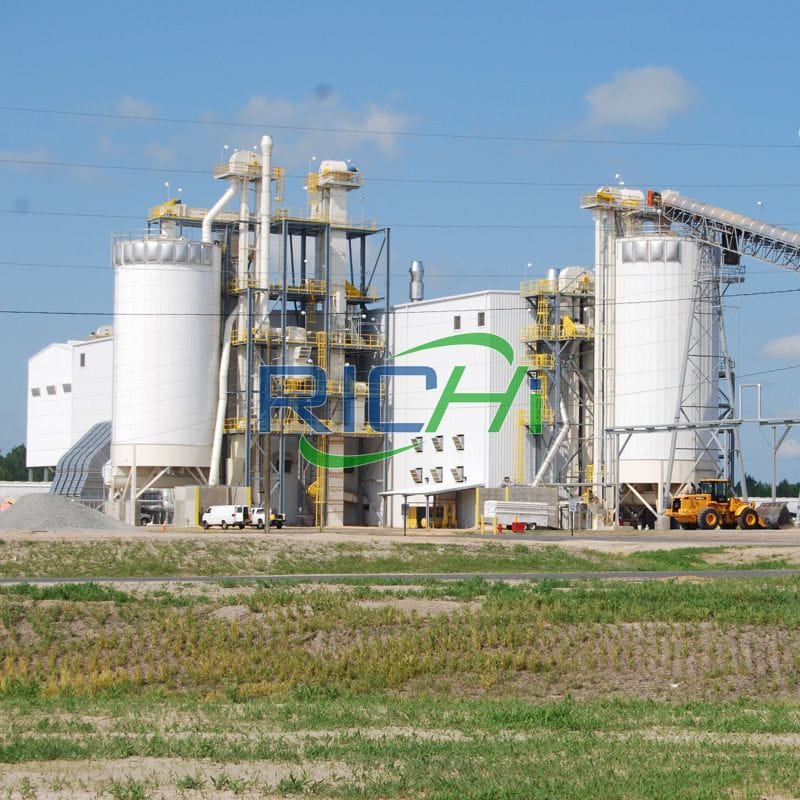
3*14 t/h biofertilizer project proposal
—— RICHI MACHINERY ——
- Annual output: 200,000 tons per year
- Bio fertilizer plant project cost:
- Project area: 1865m2
- Construction content: Mainly constructing office area, finished product area, production area, raw material area and other ancillary facilities
- Number of employees & working system: The labor capacity of this project is 12 people, the annual production operation is 300 days, two shifts, each shift is 8 hours.
- Raw materials: vermicompost*490000t/a (moisture content is about 30%), humus soil*59000t/a (moisture content is about 30%), trace elements*01,000t/a, biological inoculants*0.0100t/a
- Product specifications: diameter 2mm~4mm 20kg/bag, 25kg/bag, 40kg/bag, 50kg/bag
- Energy consumption: water consumption*3054m3/a, electricity consumption*2.5 million kWh/a
- Main equipment: silo, crusher, screening machine, quantitative belt feeder, quantitative feed bin, mixer, granulator, dryer, cooler, bacteria adding machine, quantitative packaging scale, palletizer, conveyor belt , forklifts, biological deodorization towers, bag dust collectors, settling chambers, cyclone dust collectors and other equipment
3*14 t/h biofertilizer project Process flow:
- Unloading of raw materials: The raw materials used in this project are mainly vermicompost and humus soil, with moisture content of about 30%. They are temporarily stored in the raw material area, which is close to the production area.
- Crushing: The vermicompost and humus are sent into the hopper by a forklift, and then directly fall onto the closed conveyor belt softly connected to the discharge port at the bottom of the hopper, and then enter the crusher for crushing.
- Screening: The crushed materials are sent to the screening machine through the conveyor belt for screening.
- Mixing: The screened materials are sent to the underground quantitative supply silo through a closed conveyor belt for temporary storage. At the same time, large, medium and trace elements are manually added to the supply silo according to relevant proportions. After the addition is completed, they are sent to the mixer through a closed conveyor belt. Mix and stir. The quantitative feed bin and mixer are both located underground.
- Granulation: The stirred materials are sent to the fertilizer granulation equipment by the conveyor belt for granulation. During the granulation process, a hose is used to spray water on the surface of the material above the granulator to make the raw materials wet and bonded into granules.
- First drying: The granulated material is sent to the electric dryer by the conveyor belt for the first drying. The first drying temperature is about 80°C and the drying time is about 3 minutes; after the first drying, the Moisture content is reduced from 30% to 20%.
- First screening: After being dried once, the bottom end of the material falls onto the conveyor belt and is sent to the screening machine for screening. Materials with particle sizes of >4mm, 2mm~4mm, and <2mm are screened out.
- Second drying: In order to further reduce the moisture in the material, the material after primary screening is sent to the secondary electric dryer by the conveyor belt for the second drying. The second drying temperature is about 80°C and the drying time is about is 3 minutes. After the second drying, the moisture in the material is reduced from 20% to 16%.
- Cooling: The bottom end of the material after drying for the second time falls onto the conveyor belt and is sent to the cooling machine for cooling. The cooling method is air cooling.
- Second screening: The cooled materials are sent to the screening machine through the conveyor belt for secondary screening. During the second screening process, materials with particle sizes of 2mm~4mm and <2mm are screened out.
- Add biological agents: Manually feed the biological inoculant to the feeding port of the bactericidal machine, and then the bactericidal machine automatically sprays the biological inoculant (powder) into the screened materials in the relevant proportion.
- Packaging: The sterilized materials are sent to the quantitative packaging scale via a closed conveyor belt, and are finished products after being quantitatively measured and packaged by the packaging scale. After the finished product is packaged, it is transported directly by transport vehicle and is not stored in the factory.
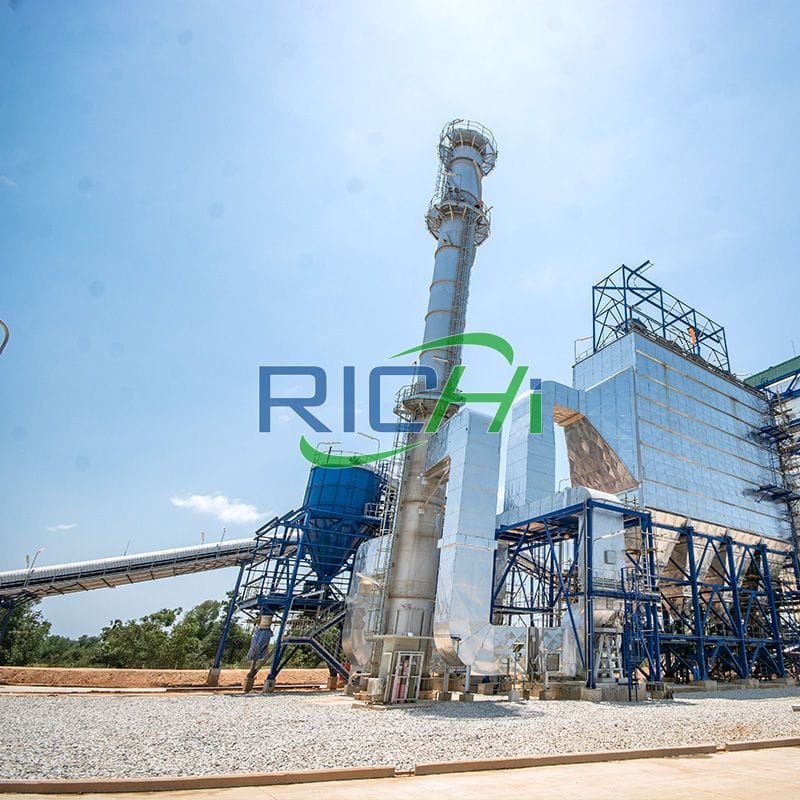
30-35 t/h biofertilizer project proposal
—— RICHI MACHINERY ——
- Annual output: 80,000 tons per year
- Bio fertilizer plant project cost: 28 million yuan
- Project area: 6660m2
- Construction content: production workshop, raw material and finished product area, sulfuric acid tank area, etc.
- Number of employees & work system: The project has a labor quota of 10, and employees work in one shift, working 8 hours a day, 300 days a year, and 2,400 hours a year.
- Raw materials: beer mud*8000t/a, soybean meal*16000t/a, rapeseed cake*16000t/a, edible fungus residue*16000t/a, dried pig manure*24000t/a, deodorizing strain*4t/a, 98% concentrated Sulfuric acid*1460t/a, etc.
- Energy consumption: Electricity consumption: 1.769 million kW·h/a, water consumption*250m3/a
- Main equipment: mixing tank, dryer, granulator, packaging machine, fermentation tank, discharge tank, crusher, screening machine conveying equipment, environmental protection equipment, sulfuric acid storage tank, etc.
30-35 t/h biofertilizer project Process flow overview:
- Stir: Pig manure, beer mud, soybean meal, rapeseed cake, and edible fungus residue are put into the mixing tank in a ratio of 3:1:2:2:1 for mixing. The mixing tank is a closed type. During the closed mixing process, the concentrated sulfuric acid is measured and pumped into the mixture in the tank through the closed pipeline through the sulfuric acid inlet valve of the mixing tank, and is quickly mixed with the mixture. Since concentrated sulfuric acid is a strong acid with a high boiling point and is difficult to volatilize, it has strong oxidizing properties. After being mixed into the material, it can quickly react and be consumed with the organic matter in the mixture to achieve the effects of sterilization and bleaching. After sufficient stirring, the pH of the mixture will be neutral. , to facilitate fermentation.
- Compost fermentation: The proposed project uses semi-dry aerobic compost fermentation technology. No leachate will be produced during the fermentation process. The bottom of the fermentation tank is irrigated with anti-seepage cement. The fermentation process of this item (including pile turning) takes 15 days.
- Drying: The fermented fertilizer contains a certain amount of moisture and needs to be dried. An electric furnace is used for drying and a gas collection device is installed to collect dust.
- Granulation and screening: Granular products require a granulation process, and the crushed materials are transported to the organic fertilizer granulation machine. There is no need to add a binder during granulation, and the granulated particles do not need to be dried. The granular fertilizer is screened by the screening machine, and the granules that meet the requirements are packaged and sold out. The granular fertilizer that does not meet the requirements is re-entered into the crusher for crushing.
Whether it’s designing innovative bio fertilizer production line systems, optimizing production processes, or creating efficient bio fertilizer machinery, our team at RICHI Machinery is driven by a passion for excellence.
To explore how we can build your project, contact our highly experienced and talented team today at + 86 138 3838 9622, and get bio fertilizer plant project cost!
bio fertilizer plant Equipment Cost
Below are the prices of the main equipment used in bio fertilizer plant projects. The heart of a fertilizer production line system lies in its machinery. These machines are purposefully designed to execute particular tasks within the manufacturing process. Each machine contributes to a specific step, from raw material processing to packaging finished products.
The utilization of specialized fertilizer machines ensures precision, speed, and uniformity, which are essential factors in maintaining high-quality production.
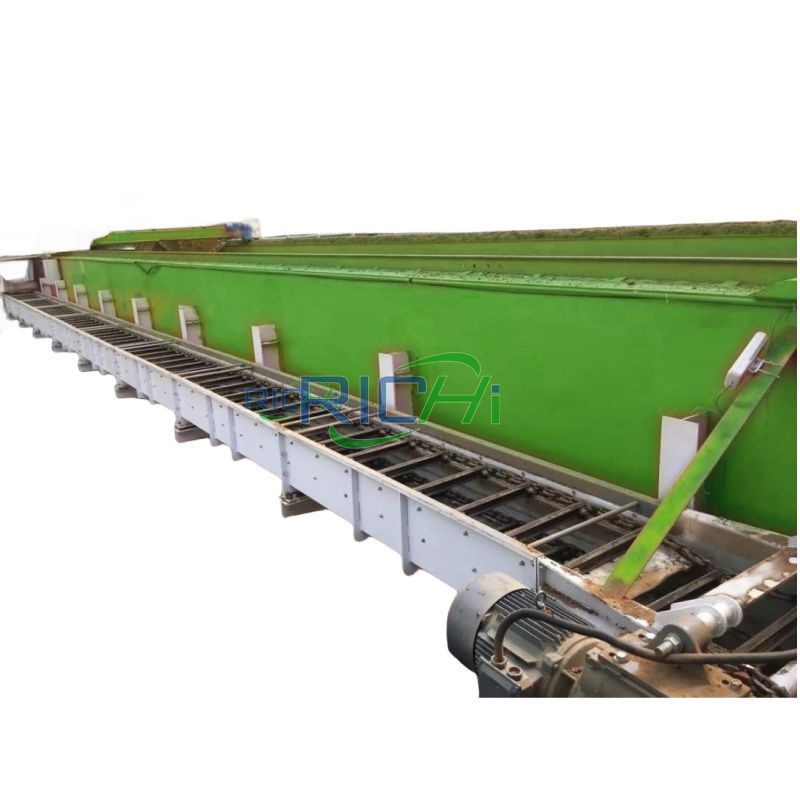
Compost Turner
Cost: 10,000 – 200,000 USD
Turning height:
0.5-2.0 m
Motor:
32-300 KW
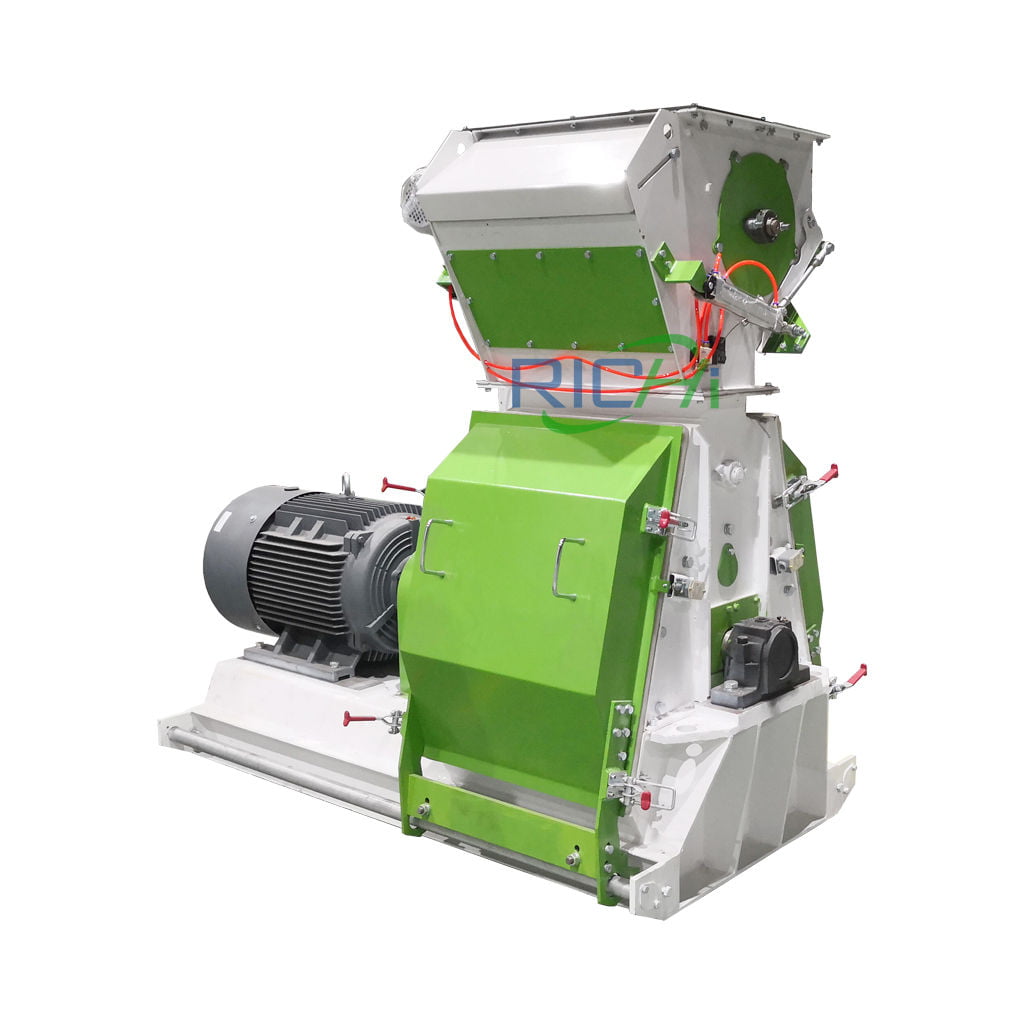
bio fertilizer Grinder machine
Cost: 5,300-35,000 USD
Capacity:
3-25T/H
Main Power:
30-160KW
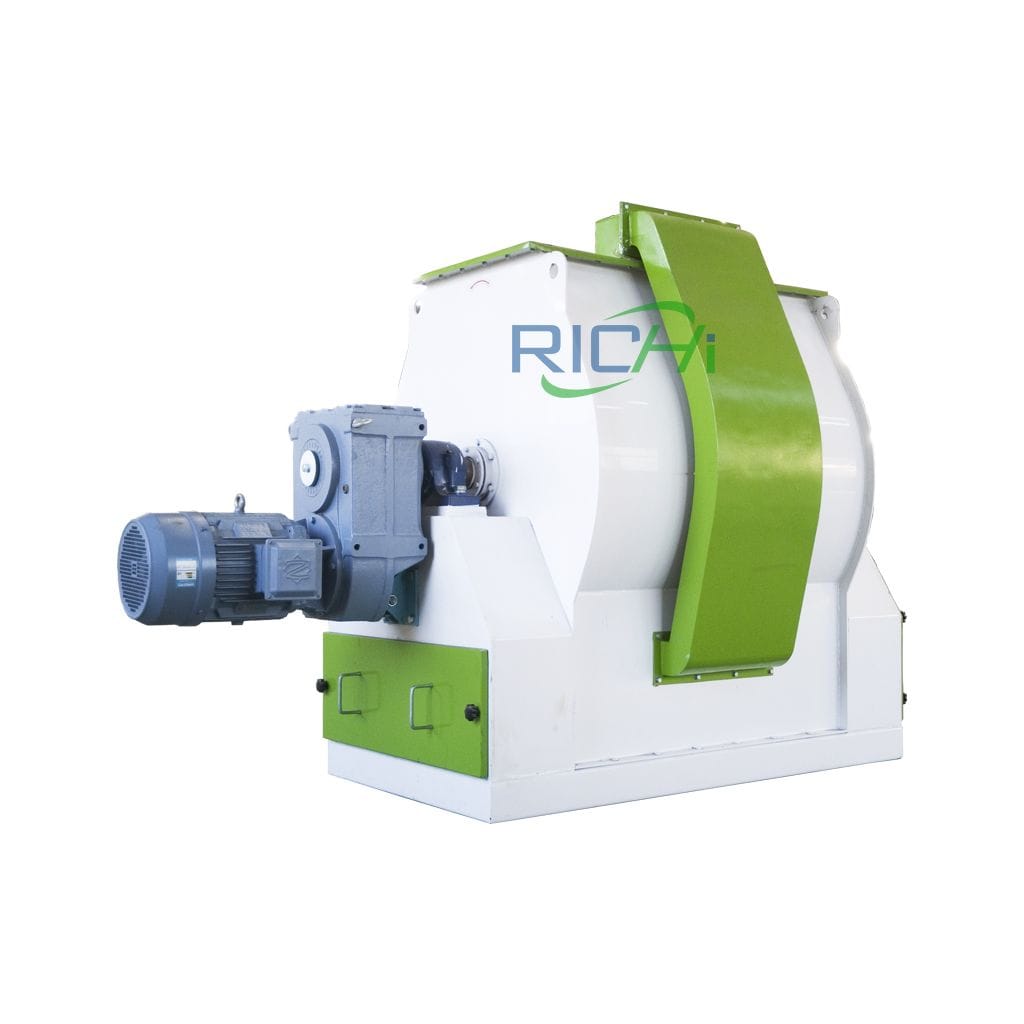
bio fertilizer Mixer machine
Cost: 2,800-36,500 USD
Capacity:
250-2000 kg/P
Main Power:
4-30 KW
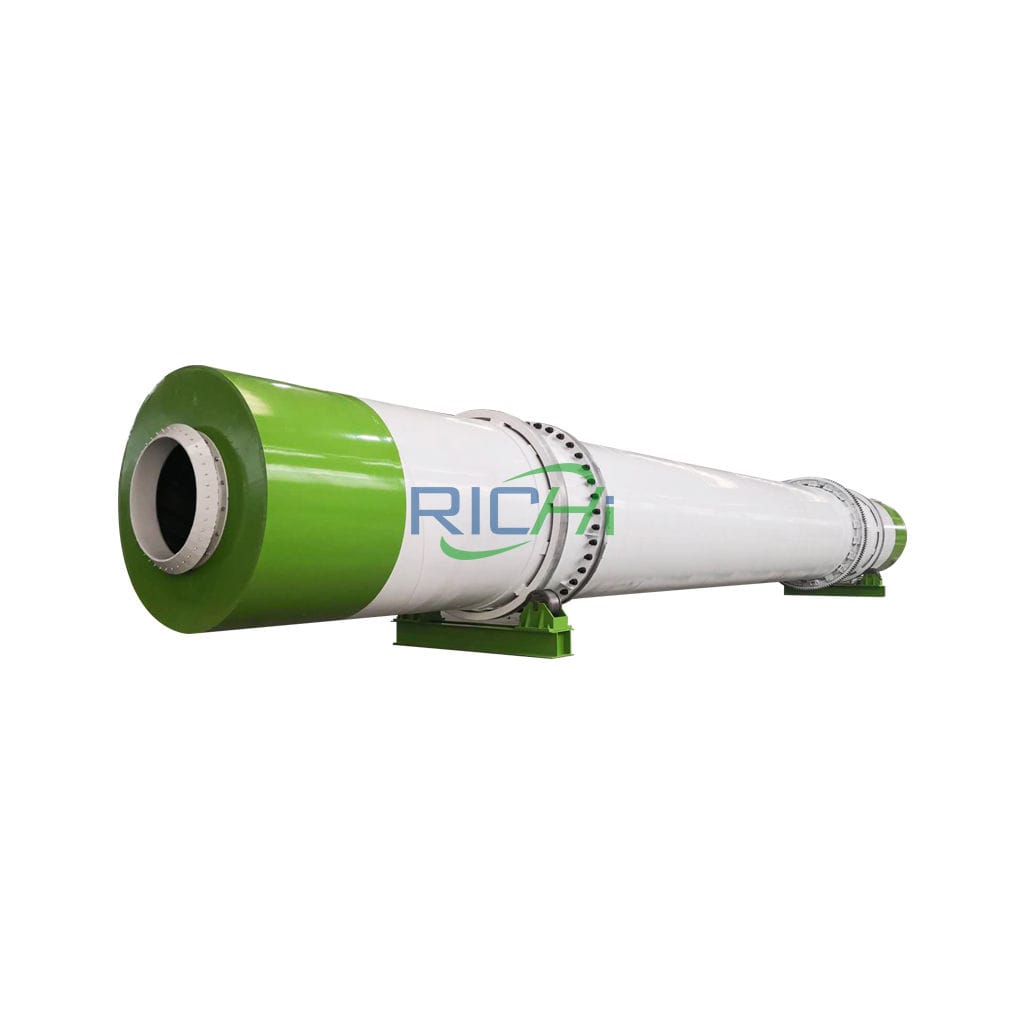
bio fertilizer Dryer machine
Cost: 10,000-300,000USD
Capacity:
Customized
Rotate Speed:
3-8 R/Min
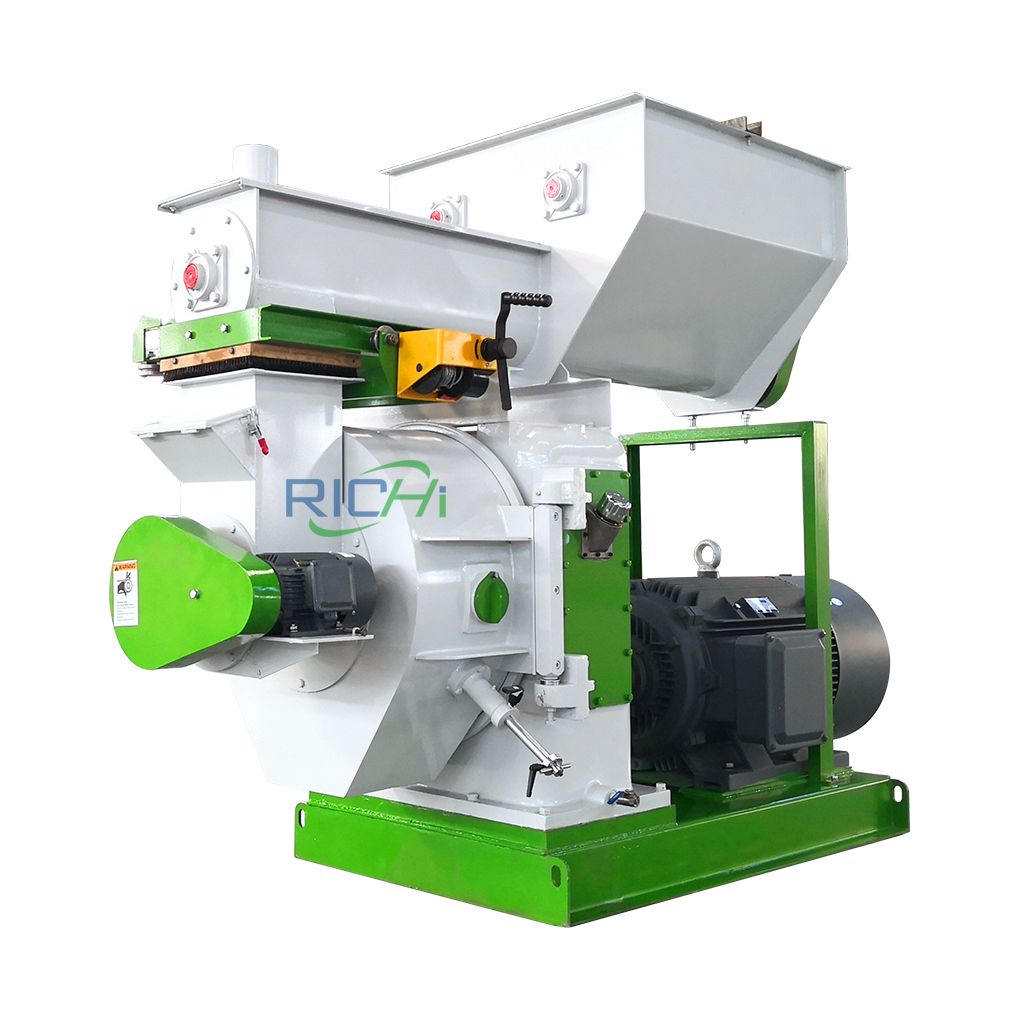
organic fertilizer pellet making machine
Cost: 7,000-100,000 USD
Capacity:
1-12T/H
Main Power:
37-280KW
How to build a bio fertilizer plant project with most reasonable cost?
What are the preparations for the bio fertilizer plant project?
- Project preparation
- Fund preparation
- Product selection
- Process selection
- Cost analysis
- Equipment selection
- Staff reserve
1、Project Preparation
- (1) Determine bio fertilizer plant project goals
- (2) Clarify responsibilities and authorities
- (3) Familiar with various work processes
- (4) Master the key points of work (civil construction, decoration, certification, technology, equipment, etc.)
- (5) Grasp internal and external resources of the project
- (6) Formulate project plan
2、 Fund preparation
The size of bio fertilizer plant project capital investment is planned and arranged according to the output income. Fund sources include personal financing, bank loans, and personal capital contributions. The source method must be clarified before the project starts.
3、Determine the product
Fully consider market positioning, product taste, product specifications, and product prospects.
(1)Four requirements for product selection:
- Meet the bio fertilizer plant project’s product output requirements
- Meet the requirements for comprehensive utilization of raw materials
- Meet the requirements for balanced production in off-peak and peak seasons
- Meet market demand and improve economic efficiency.
(2)Five balances in product selection:
- Balance between product volume and raw material supply
- Balance between production seasonality and labor force
- Balance of production shifts
- Balance of equipment production capacity
- Balance of water and electricity loads
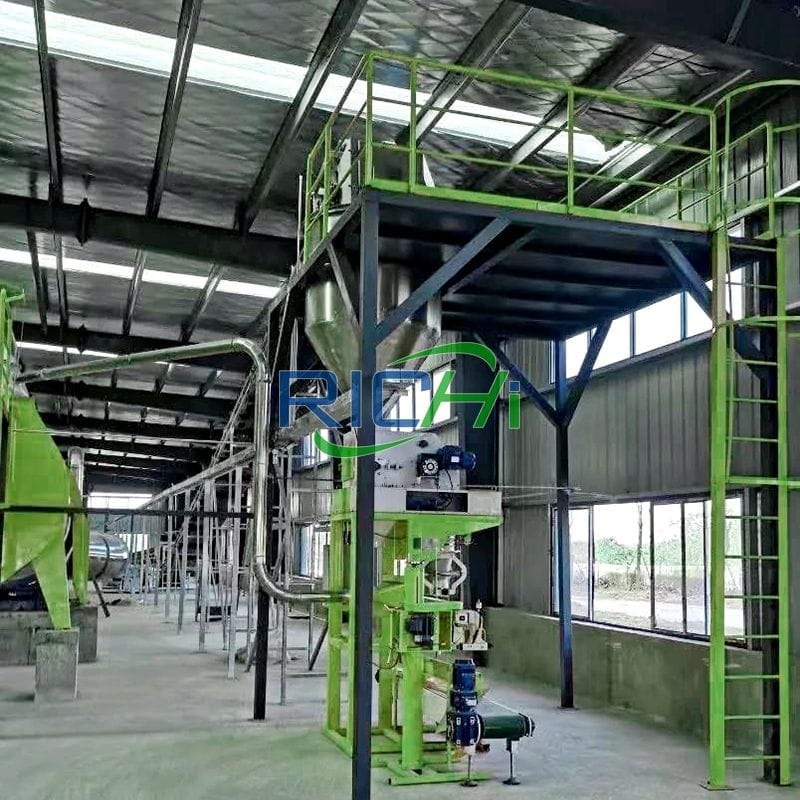
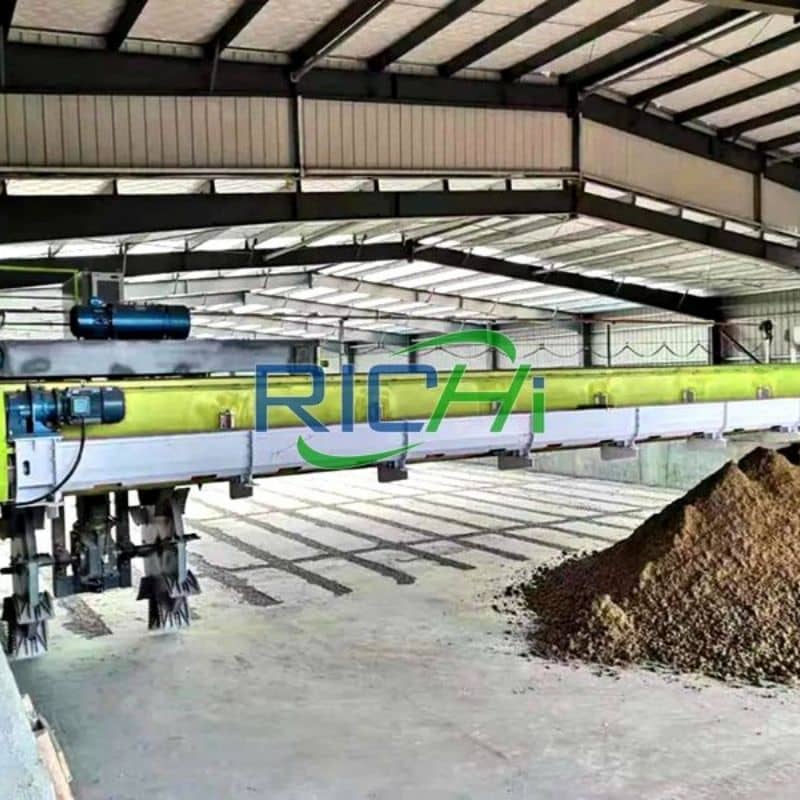
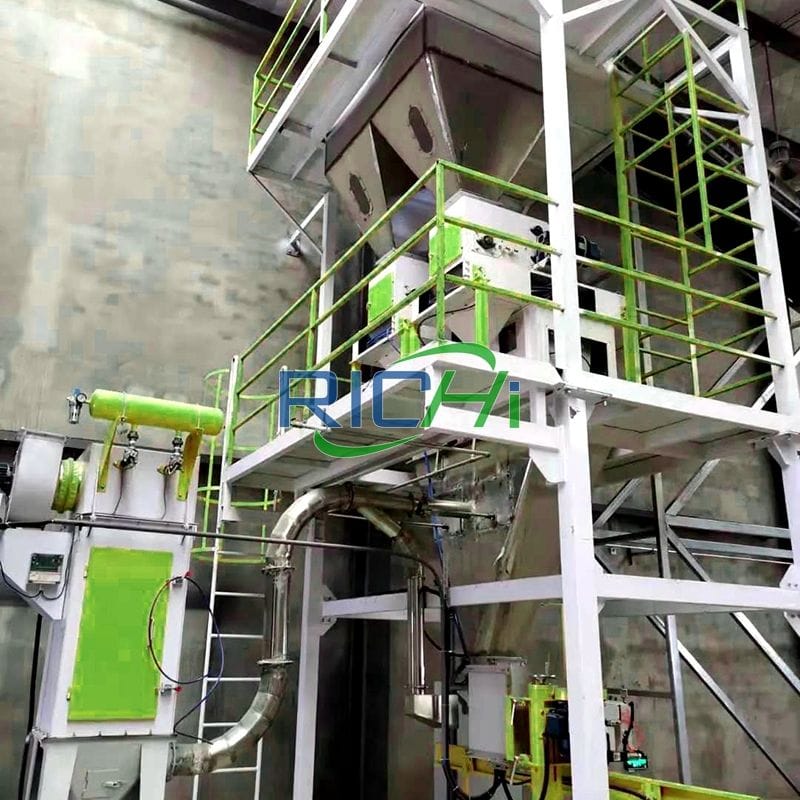
4、Process selection
Compare costs from the aspects of process characteristics, equipment configuration, bio fertilizer plant project cost, technical economy and project site conditions, and then determine the best process plan. .
Principles to be followed in process selection:
- Give priority to advanced technology and advanced equipment, and try not to use backward technology and outdated equipment.
- From the perspective of economic benefits, give priority to low-cost and high-yield processes.
- From the perspective of environmental protection, give priority to processes with less three wastes
5、Bio fertilizer plant project cost analysis
Including bio fertilizer plant project construction and decoration fees, raw material fees, processing fees, packaging fees, labor fees, management fees, new product development fees, logistics fees and other expenses.
6、Equipment selection
It is necessary to fully consider product selection factors, product technology, as well as bio fertilizer plant project equipment advancement and reliability.
Principles to follow when selecting equipment:
- Suitable for production——The equipment purchased should be compatible with the company’s needs for expanding production scale or developing new products.
- Advanced technology ——-On the premise of meeting production needs, its performance indicators are required to maintain advanced technological levels in order to improve product quality and extend its technical life.
- Economic and reasonable ——-The equipment is required to be reasonably priced, have low energy consumption and maintenance costs during use, and have a short payback period.
7、Personnel Reserve
It is necessary to fully consider the role of personnel in the bio fertilizer plant project, and use them according to their talents and within their capabilities. This work is coordinated by the project leader, and the specific content will not be discussed. (Find us on YouTube)
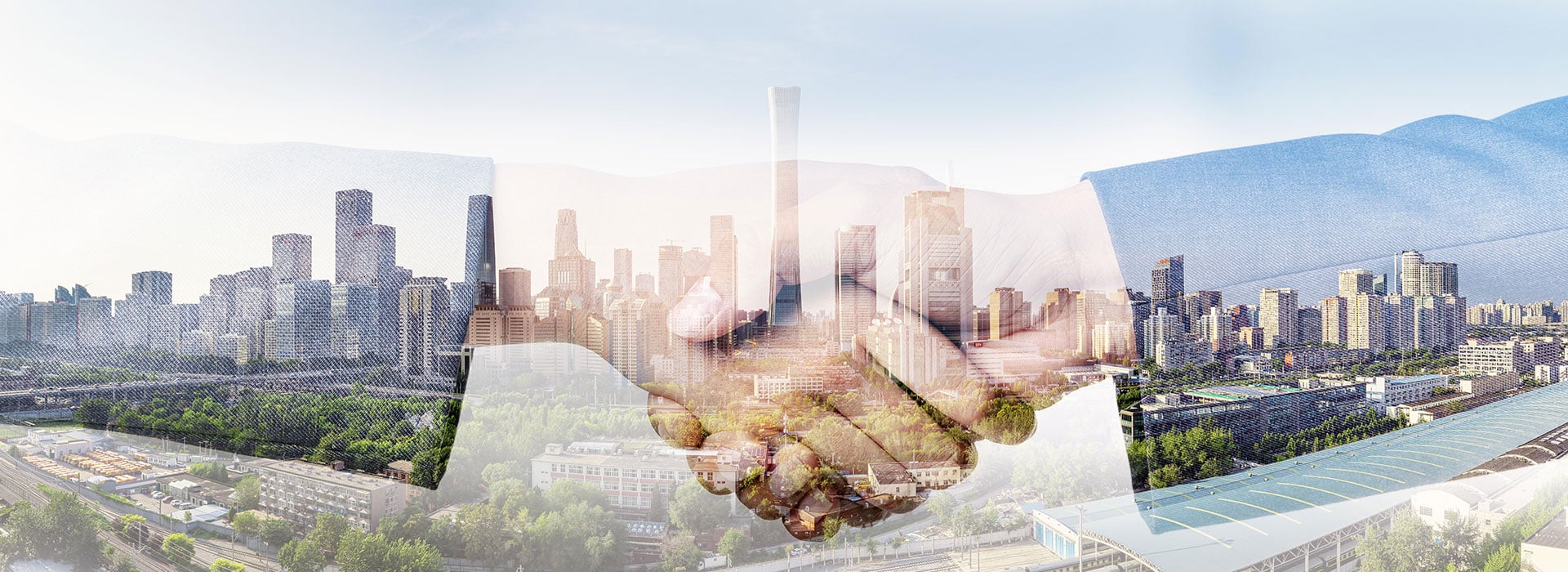
Start your bio fertilizer production business, get bio fertilizer plant project cost
With the introduction of many concepts such as the development of green agriculture and the protection of cultivated land resources, the promotion and research and development of many new fertilizers have also been put on the process, and biofertilizer is one of the outstanding protagonists, and has been rated by the Ministry of Agriculture of many countries.
The most promising fertilizer in the future and the necessary fertilizer for future farming. Therefore, the prospect of biofertilizer is very good, and its functions are unique and comprehensive. Nowadays, many countries are also strongly supporting and encouraging the development and use of biofertilizer.
Obviously, the field of bio-organic fertilizer processing is very worthy of investment.
As a comprehensive solution provider, we have a diverse team of professionals with decades of experience. From our multidisciplinary design and engineering teams to our expert biofertilizer machine builders, we have a wide knowledge base and skill in-house. We will work with you to design a biofertilizer plant project that fits your functional, budget and timing requirements.
Talk to our sales team to learn more about bio fertilizer project construction and bio fertilizer plant project cost!
Why Richi Machinery?
At Richi Machinery, we believe there’s no substitute for experience, nd we have well over 25 years of it.
We have been in business for 25+ years.
Our long-term business strategy lends stability to our client’s biomass pellet projects.
We are innovators.
We don’t stand still—we are continually finding ways to improve the design and biomass pellet project construction process to add value and save you money.
We are a lean organization.
Our clients work with just one project manager and one biomass pellet project superintendent who have the authority to make decisions. This minimizes mistakes and expedites jobs, saving everyone time and money.
We have key employees with significant experience in the industry
Our key employees have an average of 10 years with the company. As a result, we deliver our jobs faster and help our clients get a return on their investment sooner than other companies in our industry.
We understand the importance of communication
We want to make sure our clients know what’s going on at all times. We anticipate problems to minimize client risk, and we listen to ensure that client needs are accurately reflected from proposal to biomass pellet project completion.
We understand customer satisfaction includes being cooperative
We work as a team with the owner, subcontractors, and suppliers. We strive to make the construction process a pleasant experience for the client.
We are committed to quality
We see each biomass pellet project as a reflection of our values and build each one as though it were for ourselves. We strive to do it right the first time, improving the investment value of our client’s property.
We work safely
We have minimal lost time due to injuries and our insurance costs are lower, which saves our clients money from biomass pellet project cost.
We work in tough environments
We understand the challenges, maintain flexibility in our work schedule, and minimize errors in order to deliver your biomass pellet equipment on time and on budget.
